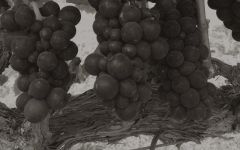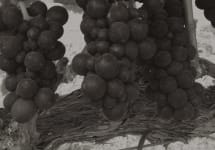Bravium Santa Lucia Highlands Rose of Pinot Noir 2015




Product Details
Your Rating
Somm Note
Winemaker Notes



Created by winemaker Derek Rohlffs, Bravium is the culmination of meticulous care in the vineyards and a patient approach in the cellar. Derek takes his cues from tradition. He doesn’t alter what the earth gives him. He’s a classic minimalist.
But don’t mistake minimalism for apathy. Quietly guiding a wine in a thoughtful, deliberate way—without intervening at every twist and turn—requires diligent attention to detail and a generous amount of restraint. The wine in the glass is born of a deeply purposeful approach. It is a gift of the land, valued and honored.
Derek grows Chardonnay and Pinot Noir grapes in coveted cool-climate vineyards in Sonoma’s Russian River Valley and Mendocino’s Anderson Valley.
Derek’s minimalist approach translates the nuances of each coastal vineyard in the glass, illustrating a distinct, transparent sense of place in every sip. The result is a collection of compelling, terroir-driven wines that pair naturally with food and have rare aging potential, relative to their Chardonnay and Pinot Noir peers.
